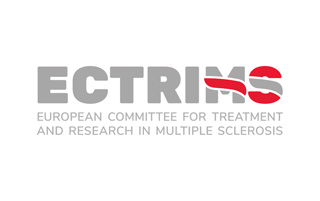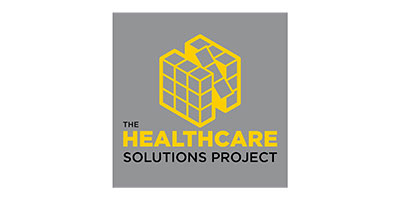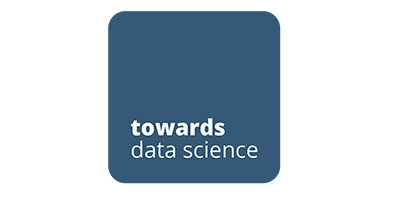
Discovery of unique RNA profiles associated with plasma neurofilament light chain measurements in relapsing-remitting multiple sclerosis and neuromyelitis optica
October 2023 – Poster Presentation
Lukasz S. Wylezinski1,2, Cheryl L. Sesler1, Guzel I. Shaginurova1, Elena V. Grigorenko1, Franklin R. Cockerill, IIIsup>1,3, Michael K. Racke4, and Charles F. Spurlock, III1,2,5
1 Decode Health, Nashville, TN, USA 37203
2 Department of Medicine, Vanderbilt University School of Medicine, Nashville, TN 37203
3 Department of Medicine, Rush University Medical Center, Chicago, IL 60612
4 Quest Diagnostics, Secaucus, NJ, USA
5 Wagner School of Public Health, New York University, New York, NY 10012
Introduction. Relapsing-remitting multiple sclerosis (RRMS) and neuromyelitis optica (NMO) are autoimmune diseases resulting in irreversible neurological damage. Neurofilament light chain (NfL) is released upon nerve injury and has been described as a biomarker for neuronal damage. In RRMS and NMO, NfL correlates with disease activity, allowing monitoring of disease progression and therapeutic response. Identifying RNA expression patterns preceding nerve damage, and subsequent increases of NfL in plasma, may allow for earlier intervention and therapeutic targeting of RRMS and NMO.
Aims. The study aimed to determine if a correlation exists between RNA expression in whole blood and plasma NfL levels in RRMS and NMO.
Methods. Treatment-naïve RRMS (n=40) and NMO (n=20) patients were grouped based on plasma NfL levels and evaluated separately. Total RNA sequencing was performed from peripheral whole blood collected into PAXgene RNA Blood tubes; coding and non-coding RNA expression profiles were examined. Differential gene expression and biological pathway analyses were performed to identify differences in patients with high (668-33 pg/mL) and low levels (12-2 pg/mL) of circulating NfL.
Results. Thousands of differentially expressed genes were identified in patients exhibiting high versus low NfL plasma measurements in RRMS and NMO. Genes associated with protein kinase function were perturbed in RRMS, while genes involved in cytokine regulation were perturbed in NMO. Interestingly, among RRMS (n=20) and NMO (n=10) patients with the highest NfL levels two distinct expression patterns emerged further separating these individuals in each disease. Transcriptional differences were significant among these RRMS and NMO subgroups, but plasma NfL differences were not. Comparing altered gene expression between RRMS and NMO subgroups, genes associated with impaired transcriptional activity and histone modification were similarly affected.
Conclusion. Our findings support the hypothesis that significant transcriptional differences correlate with plasma NfL levels in RRMS and NMO. Further analysis uncovered significantly different RNA profiles in RRMS and NMO patients exhibiting the highest levels of plasma NfL, though similar biological processes were implicated when comparing the two diseases. Tracking transcriptional differences in combination with NfL could inform our understanding of biological processes that lead to neuronal damage and guide identification of future therapeutic targets in RRMS and NMO.

















